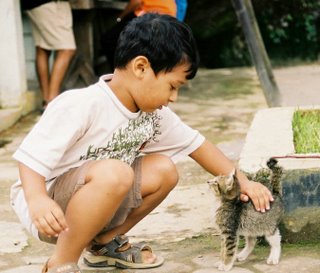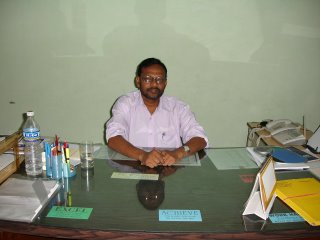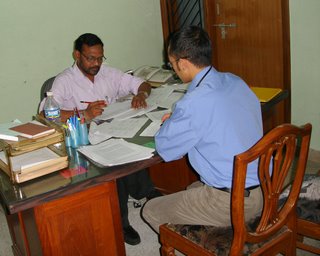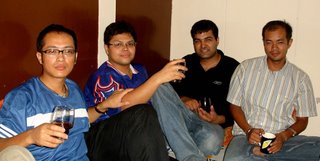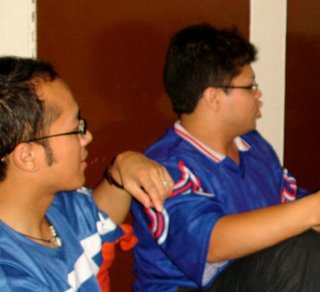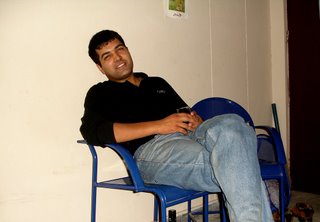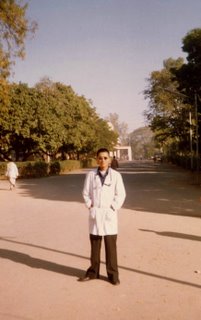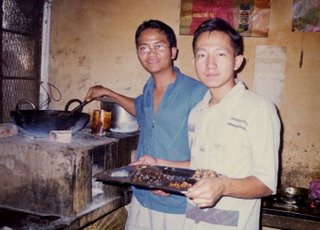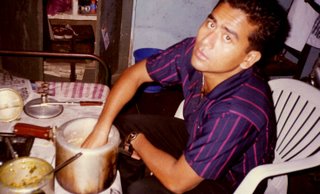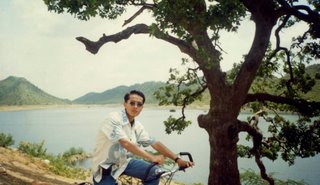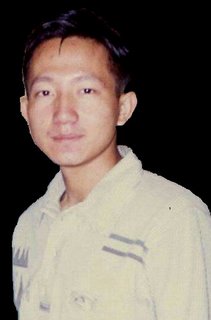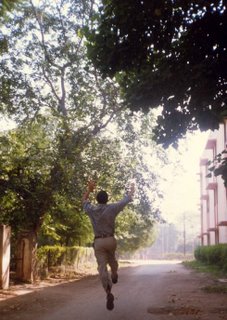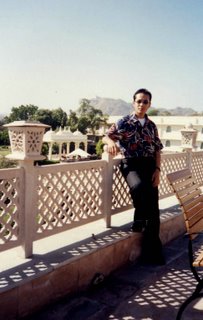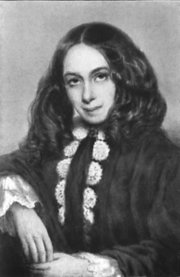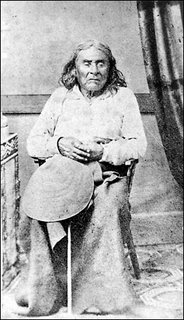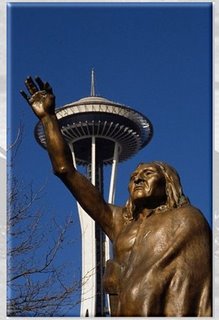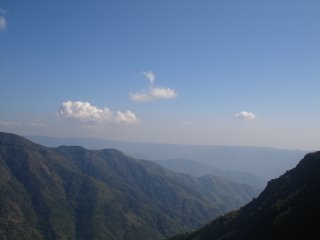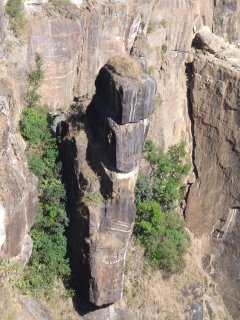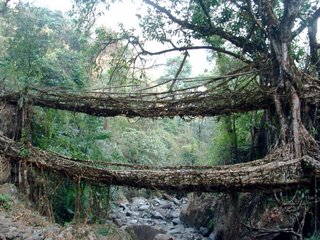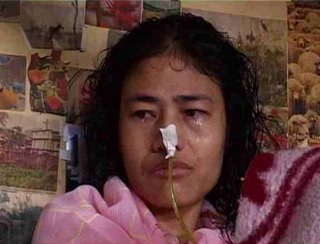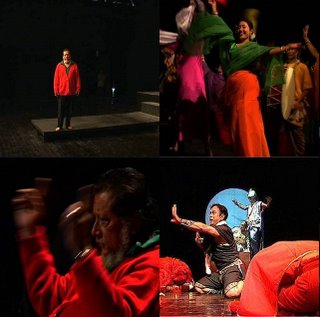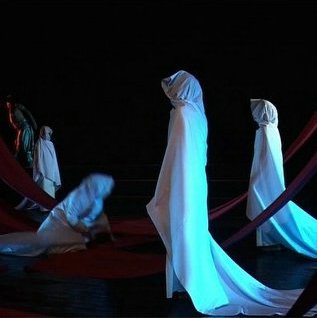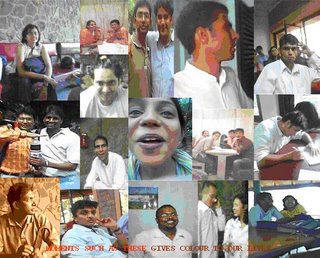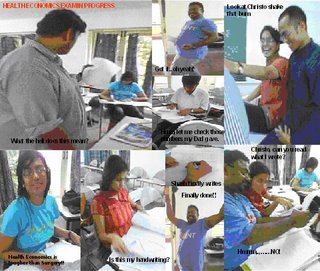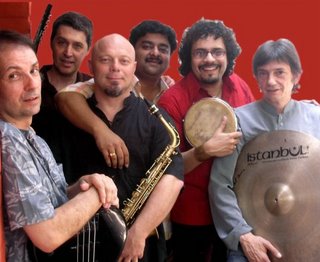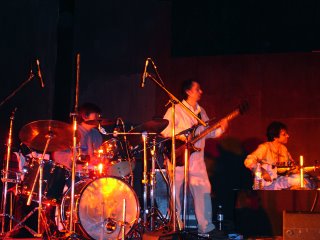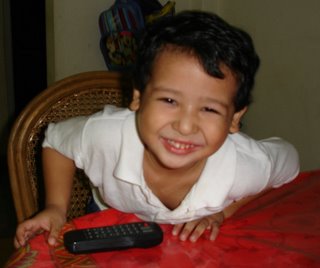 Raag was a year old when we met in 2003. It was a humid June evening and his dad, Jishnu was carrying him. His mom, Aradhana was nearby and introduced Raag to me in a language only a mother and her one year old child can understand. After a few visits Raag became more friendly and has started calling me Aiban 'dada' (meaning elder brother in Assamese). Raag and his parents lived in Churchgate, Bombay (Mumbai) and our friendship grew through the two years I was there. Jishnu is an Assamese from Shillong and Aradhana hails from Guwahati, and they became my local guardians in Bombay.
Raag was a year old when we met in 2003. It was a humid June evening and his dad, Jishnu was carrying him. His mom, Aradhana was nearby and introduced Raag to me in a language only a mother and her one year old child can understand. After a few visits Raag became more friendly and has started calling me Aiban 'dada' (meaning elder brother in Assamese). Raag and his parents lived in Churchgate, Bombay (Mumbai) and our friendship grew through the two years I was there. Jishnu is an Assamese from Shillong and Aradhana hails from Guwahati, and they became my local guardians in Bombay.
Raag and I regard each other well, and we used to communicate with each other in many varied ways, ranging from facial expressions (including making faces) to verbal monosyllables and everything in between. He is one of those very smart and very cute things who knew well beyond their biological age. Raag loves music, singing and dancing and hence he was appropriately named. On many occasions I would take Raag for a walk along Marine Drive and he loved to run. Few times he has suddenly halted from his run when he hears some loud music from some fancy car that zooms pass, and he would raise both arms skywards and shake his bumbum in the most adorable fashion. At home he loved to play 'Achikima' - a game in which I would have to shout 'Achikima' and run towards him, and Raag in turn would also shout 'Achikima' and run ahead of me. I really enjoyed playing 'Achikima' with Raag. He would sing few lines of 'Abhija...abhija', a song from some Bollywood movie which was quite popular then.
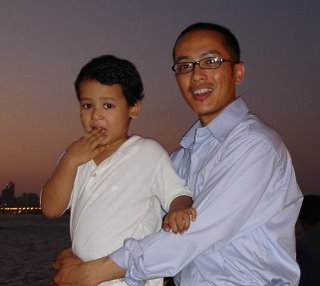
When Raag turned 2 years in 2004, he already could recite numbers and alphabets, sing some nursery rhymes and could identify objects by their names. All this having learnt at home, he was over qualified for a pre-school (which in Bombay was a mandatory step towards entering school). Another area he was particularly good at was flirting with girls of all ages. I have seen little girls drool and aunties swoon at the touch of his charm. He used his baby fat and his 'damn-I'm-so-cute' smile to make them flip.
One particular occasion that will always be in my memory is the New Year's eve of 31st December 2003, a night that was Raag's. After having dinner with Raag and his parents, we all went to Marine Drive to s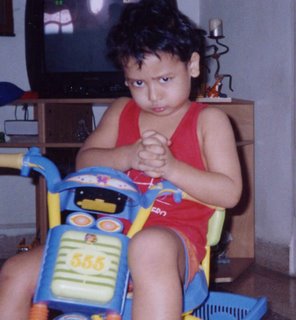 pend the rest of the hours that remained on the 31st of December of 2003. We were walking along Marine Drive and there was a sea of people, men, women, children of all ages, waiting for the big celebration to welcome the new year of 2004. Raag was as usual running ahead of us, but he suddenly stopped and turned to his right. He has spotted a pretty young thing in red skirt standing next to her dad. He walked purposefuly towards her direction and when he was sure that she noticed him, he stopped, flashed his charming smile and looked at her admiringly. The amused girl smiled back and that was when he inched closer and kissed her on the lips! Having done that, he looked at her again and she was still smiling. Then suddenly Raag smiled and turned and started running again. The little girl meanwhile started crying and had to be consoled by her dad who lifted her up and hugged her. He already broke a very young heart.
pend the rest of the hours that remained on the 31st of December of 2003. We were walking along Marine Drive and there was a sea of people, men, women, children of all ages, waiting for the big celebration to welcome the new year of 2004. Raag was as usual running ahead of us, but he suddenly stopped and turned to his right. He has spotted a pretty young thing in red skirt standing next to her dad. He walked purposefuly towards her direction and when he was sure that she noticed him, he stopped, flashed his charming smile and looked at her admiringly. The amused girl smiled back and that was when he inched closer and kissed her on the lips! Having done that, he looked at her again and she was still smiling. Then suddenly Raag smiled and turned and started running again. The little girl meanwhile started crying and had to be consoled by her dad who lifted her up and hugged her. He already broke a very young heart.
Raag is now in Jakarta as his dad got a new appointment in his company which required him to shift base from Bombay to Jakarat. The family shifted last year in August. I called Jishnu 2 days ago and got to speak to Raag after almost a years' gap. He still reme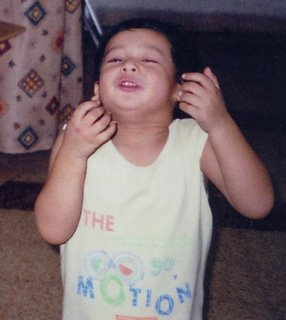 mbers me and said 'Hello Aiban dada'. Aradhana tells me that Raag's baby fat is disappearing as he is growing. I missed him and everytime I remember him, I recall those moments when we would run along Marine Drive and eat ice cream at Naturals (a famous ice cream joint in Bombay). I remember the times he would cry when I leave and how Jishnu or Aradhana would console him. I remember fondly those times we watched Cartoon channel together and share a good laugh. Raag is a specal friend and I wonder when I meet him again, whether I will be able to lift him and carry him as he runs to me, or will he hug me tight as he used to? Whenever I tell people about Raag I shamelessy brag about him and I know that when I see him again I shall indeed be very happy and I hope he would feel the same way too.
mbers me and said 'Hello Aiban dada'. Aradhana tells me that Raag's baby fat is disappearing as he is growing. I missed him and everytime I remember him, I recall those moments when we would run along Marine Drive and eat ice cream at Naturals (a famous ice cream joint in Bombay). I remember the times he would cry when I leave and how Jishnu or Aradhana would console him. I remember fondly those times we watched Cartoon channel together and share a good laugh. Raag is a specal friend and I wonder when I meet him again, whether I will be able to lift him and carry him as he runs to me, or will he hug me tight as he used to? Whenever I tell people about Raag I shamelessy brag about him and I know that when I see him again I shall indeed be very happy and I hope he would feel the same way too.
The painful moment I vividly remember is the evening I had to leave after having spent almost the entire day with Raag and his parents. He cried so bitterly as he saw he waved and walked away. I love kids and Raag is a special friend I will always have and adore. His antics and energy, his homour and affection and the special bonding we share I will treasure for always.
